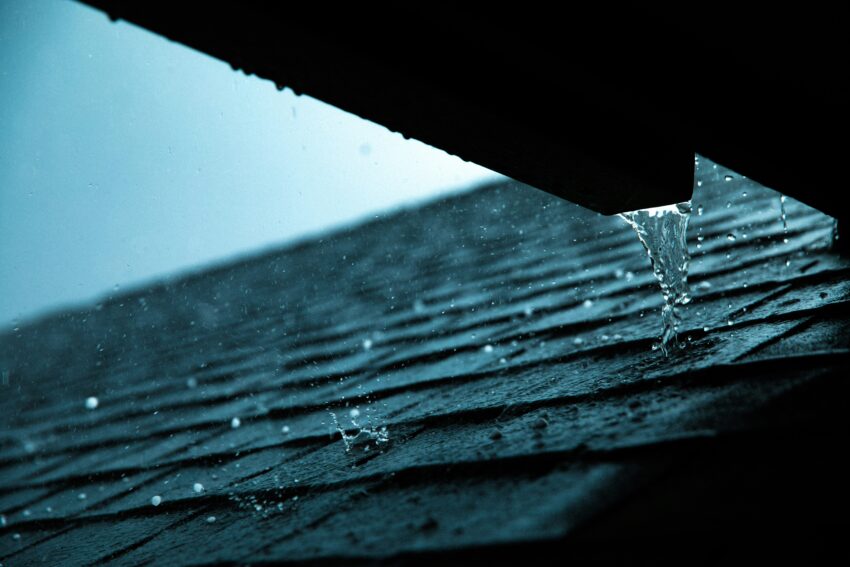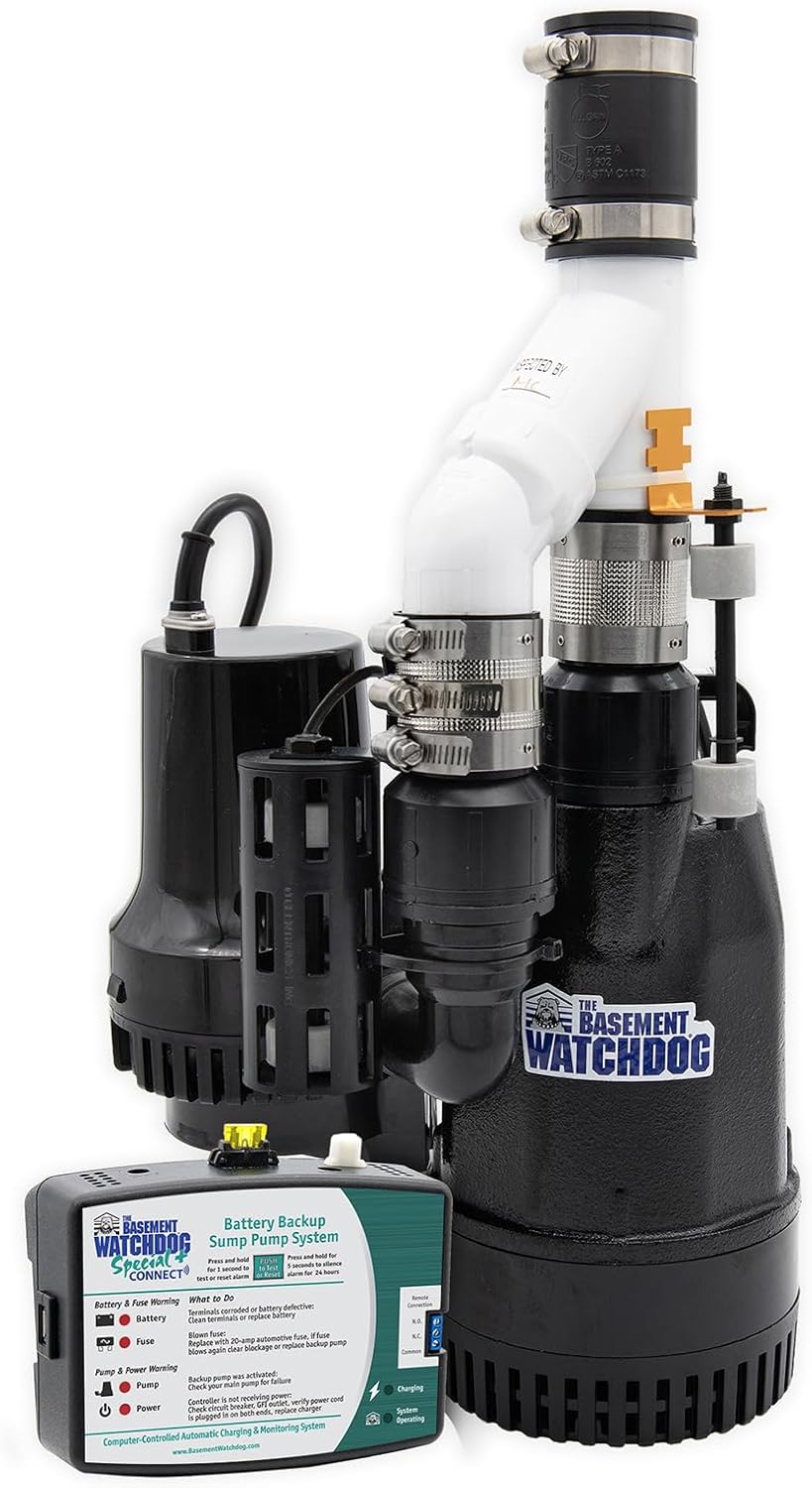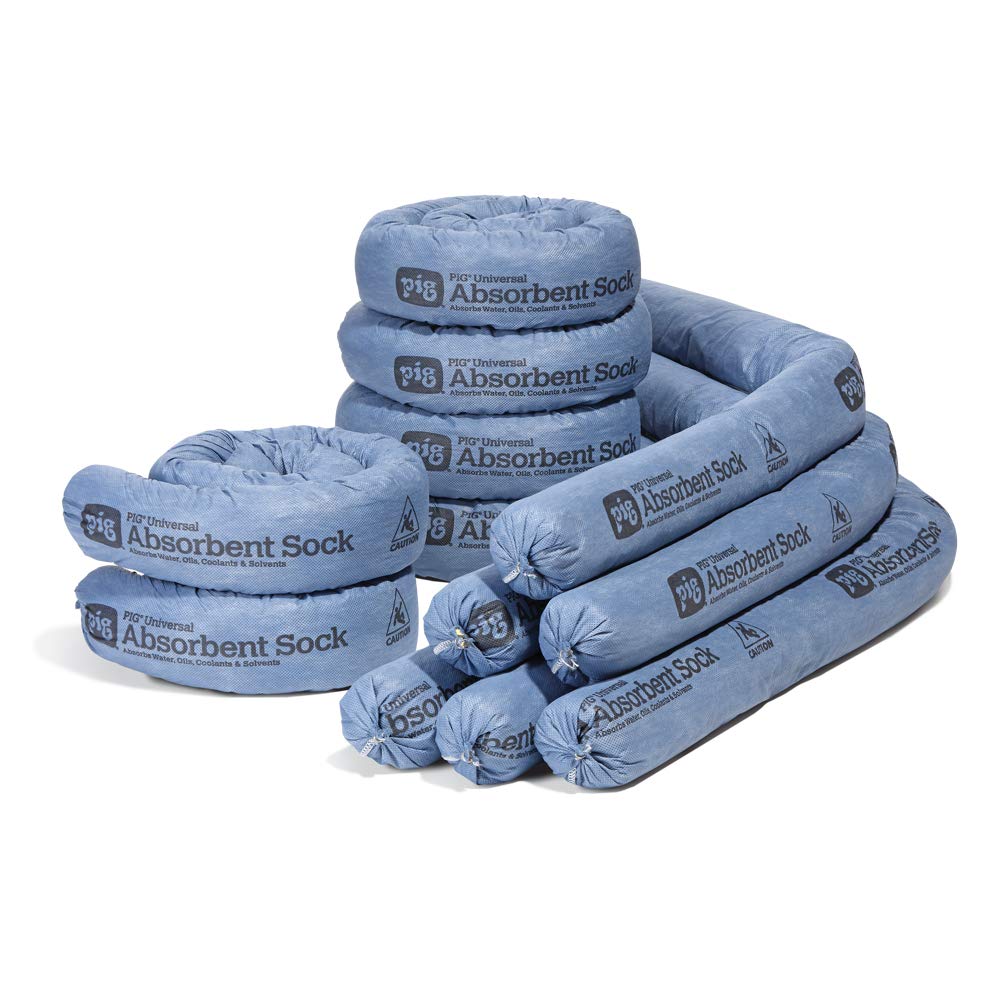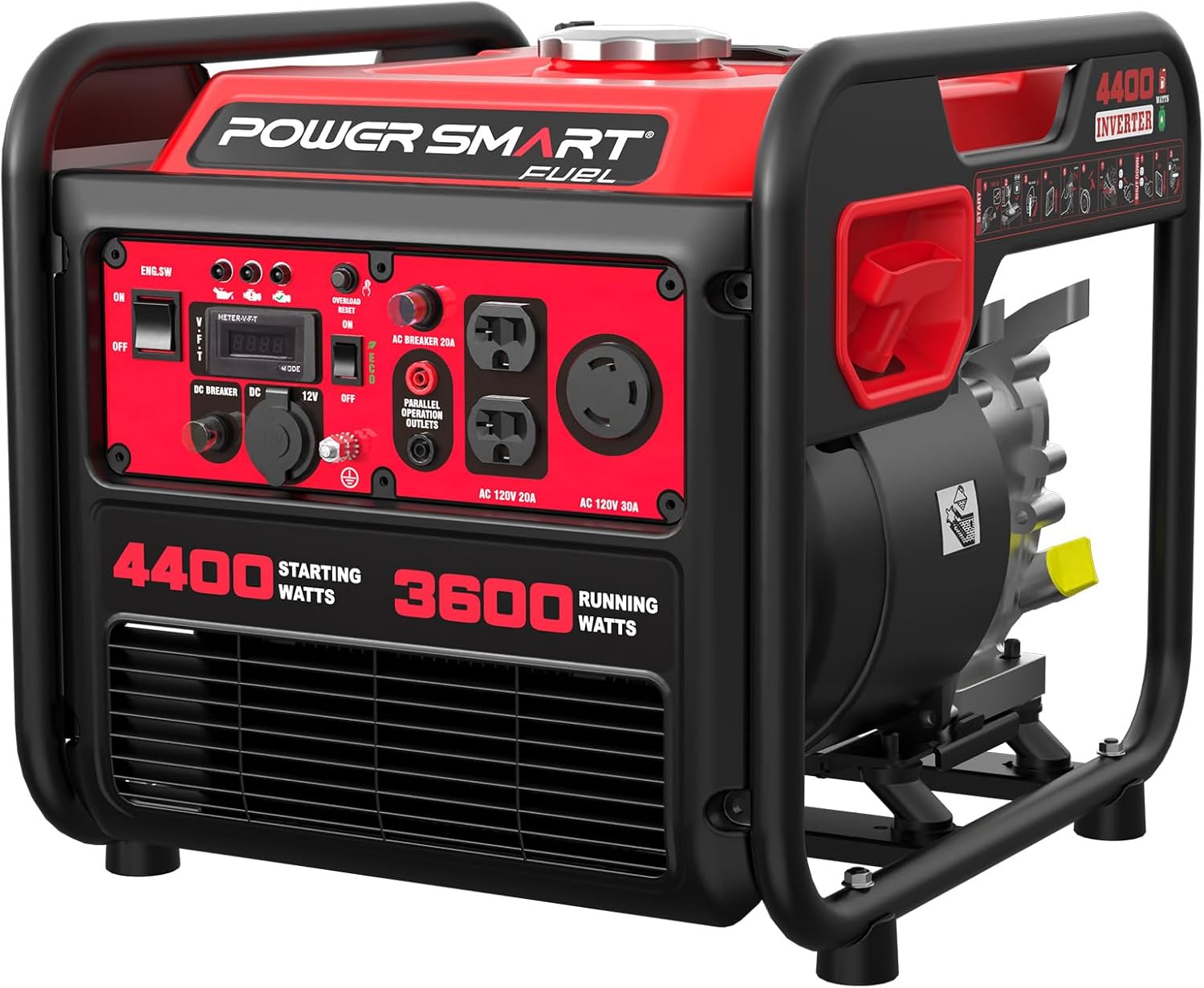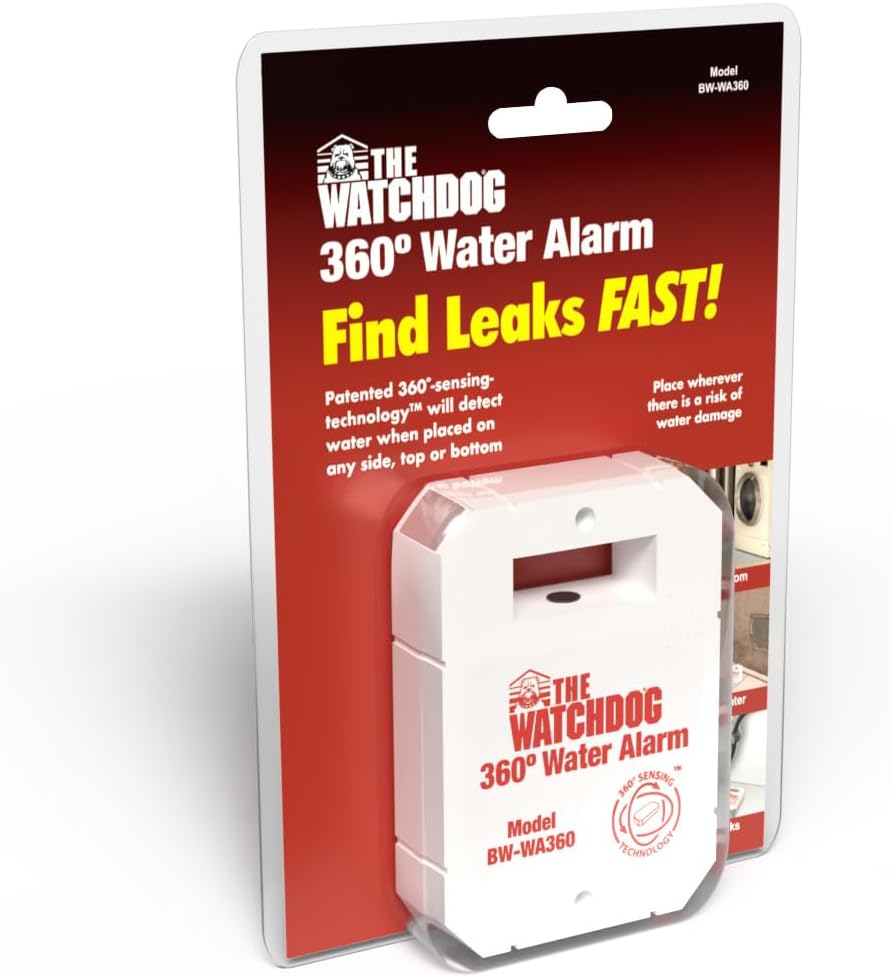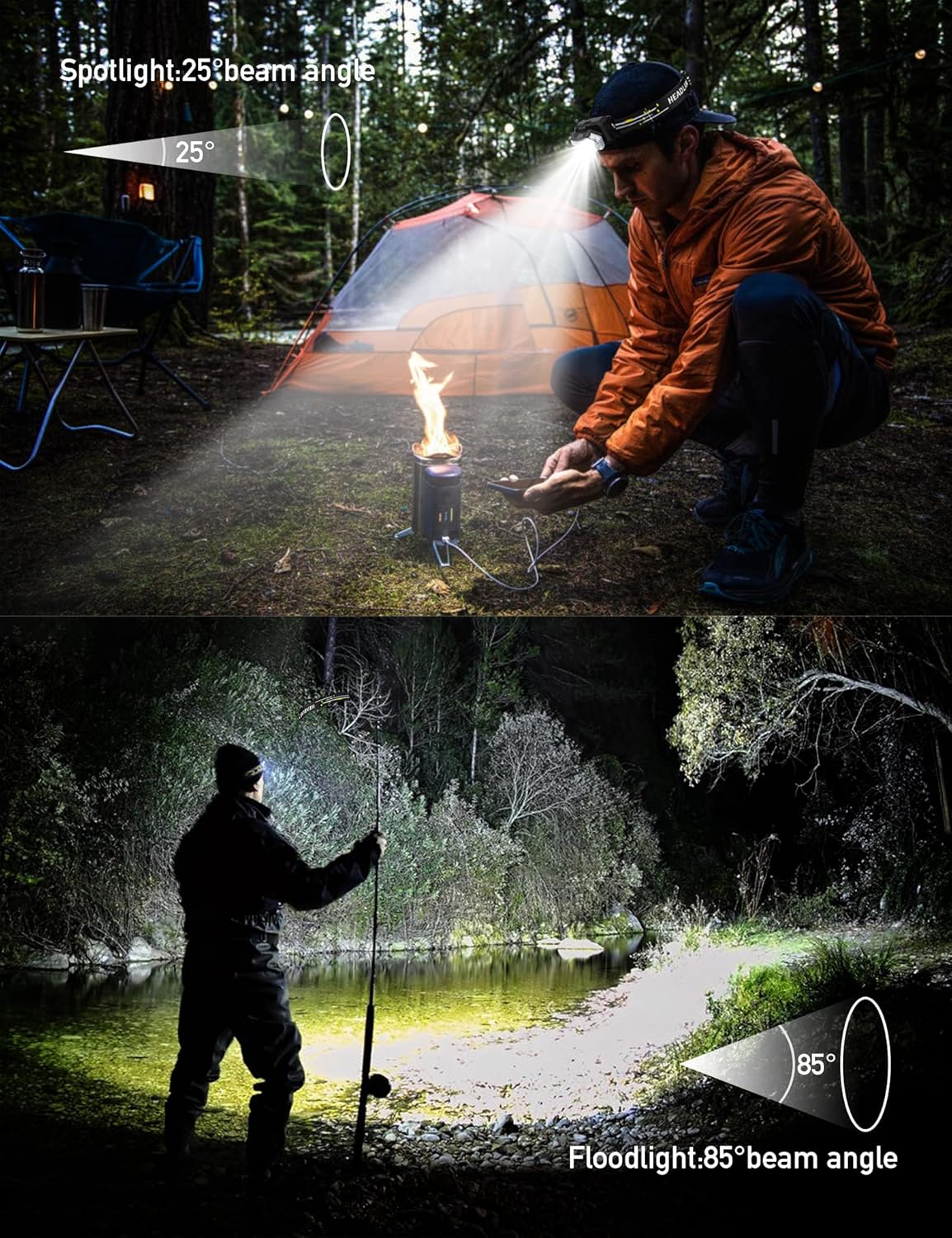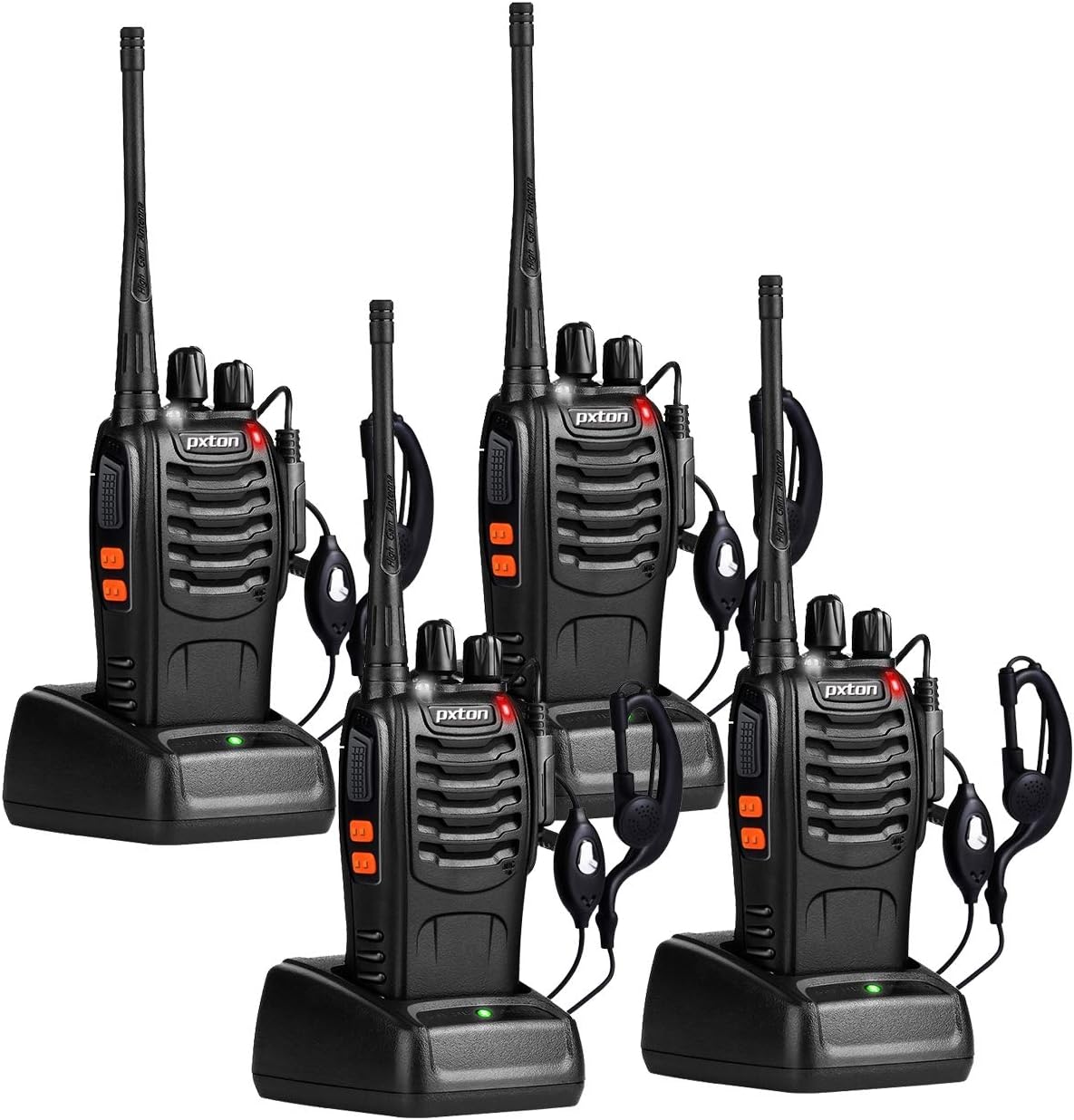Thunderstorms don’t just bring lightning and wind. In suburban America, they can turn a calm creek into a raging river in less than an hour. Flash floods and basement breaches take down homes faster than most people realize, and when the grid flickers out, your defenses get tested in real time. This isn’t theory. It’s survival, and water is one of the most underestimated threats in modern preparedness.
Why Flooding Is the Most Overlooked Threat
Most preppers focus on food storage, medical kits, and mobility. Keep those. But understand the threat that ruins them fastest. Water gets everywhere. It seeps through foundations, fills crawl spaces, and in the right storm it will step over thresholds that looked safe yesterday. If you live near a creek, a retention pond, or a street that turns into a river during heavy rain, you are already operating in a high-risk zone.
Floods in suburbia are not dramatic news clips. They look like a garage that won’t open because the power is gone and the driveway is a stream. They look like a sump pump that ran for six hours without rest, until the lights blinked, went dark, and with that one flicker, your defensive line collapsed. Or they start at the roofline: gutters clogged with spring debris overflow, dumping water next to the foundation. French drains, meant to redirect, backflow under pressure. The lesson is simple. Preparation is not only about storage and plans. It’s about water control, elevation, and redundancy.
Real-World Lesson: The Night My Basement Flooded
A storm stalled over my neighborhood. Within the first hour, the creek behind my house was overflowing. My sump pump was working overtime until the grid dropped. When the pump went silent, water began pushing through the basement walls. I didn’t have a backup pump. I didn’t have a water alarm. By sunrise, I was salvaging wet gear and drying supplies that were supposed to be protected. That failure drilled home one truth: flooding is just as much a survival threat as blackouts or looters.
How Suburban Flooding Destroys Without Warning
Flooding is not a distant problem for “flood zones.” Every suburb has low points, culverts, storm drains, and creeks that back up when rain overwhelms infrastructure. It only takes a few inches of water to ruin HVAC, power panels, food storage, and firearms safes. If you live with a basement, crawl space, or slab-on-grade foundation, you have vulnerabilities that must be hardened.
How to Detect a Flood Threat Before It Reaches You
Read the sky, but trust your tools. The first layer of defense against a flood is information that arrives early enough to act on. No single system is reliable during a major storm, so build redundancy into your intel.
Use multiple sources. A NOAA emergency radio with hand-crank and battery power still works when your phone does not. County alert systems and fire department notices often beat national apps for hyperlocal warnings. Radar apps are useful, yet they are not a plan by themselves. Use them to track cell movement, arrival time, and rain intensity. If a line of storms is training over your area, you know that drainage is going to fail.
Know your ground. Pull your address on FEMA flood maps and learn your elevation relative to nearby waterways. Walk the neighborhood on a dry day and study where water collects. Note storm drains, culverts, and the low spots that hold puddles after a normal rain. Those are your early breach points. Document two routes to higher ground and identify a rally point for your family. Practice reaching it at night with only headlamps.
How to Protect Your Basement from a Total Flood Loss
Basements are the most common failure point because they sit below grade. Hydrostatic pressure forces water through cracks, window wells fill up, and sump pumps choke when the grid fails.
Flood Risks for Homes Without Basements
If you don’t have a basement, you’re not immune. Crawl spaces trap moisture, mold, and snakes. Slab homes risk water intrusion through doors and low vents. The tactics shift: perimeter defense becomes critical.
How to Keep Critical Systems Running During a Storm
Every flood scenario accelerates when the grid fails. Sump pumps, lighting, and communication systems drop offline. Tactical preppers integrate redundant power from the start.
How to Decide When to Stay or Evacuate
This decision is tactical, not emotional. If water is rising faster than you can pump or block, evacuation is the move. Shelter only when you’re confident in your perimeter and resources. Never get trapped in a basement with one exit.
Warning: Most flood deaths occur in vehicles. If you bug out, choose routes uphill and away from rivers. Six inches of moving water can sweep a car.
What to Do Immediately After a Flood
Once the rain stops, the fight is not over. Standing water can lead to mold growth, which poses serious health risks and can damage your home further. At the same time, looters may target neighborhoods where homeowners are distracted or evacuated. Utilities such as electricity, gas, and water may remain offline for days or longer, making daily life more difficult.
Your first priority after a flood should be safety and security. Avoid walking or driving through floodwaters, as they may hide dangerous debris or electrical hazards. Secure your property as best you can to deter theft and vandalism. If you need to enter your home, wear protective gear like boots and gloves to avoid injury or contamination.
Next, focus on recovery. Begin by documenting all damage thoroughly with photos and videos before you move or discard anything. This evidence is crucial for insurance claims, FEMA assistance, and any local aid programs. Keep a detailed inventory of damaged items and make notes about the condition of your home.
After documenting, start removing water and drying out your home as quickly as possible to limit mold growth. Use fans, dehumidifiers, and open windows when it is safe to do so. Clean and disinfect all surfaces that came into contact with floodwater to prevent health hazards.
Finally, stay informed about local updates and follow guidance from emergency services. Flood recovery can be a long process, but with a clear plan and careful steps, you can restore your home and keep your family safe.
Tip: Keep copies of all documents related to repairs, insurance claims, and expenses. Staying organized helps you navigate the recovery process with less stress.
Essential Flood Gear for Real Emergencies
Why Practice Matters More Than Gear
Gear is useless without practice. No matter how advanced your equipment is, it will not help if you do not know how to use it effectively when disaster strikes. Running regular drills builds muscle memory, reduces panic, and ensures everyone in your household knows their role during an emergency.
Start by simulating common failure scenarios such as a sump pump losing power or a sudden flood warning so you can test your response times and identify weak points in your plan. Practice deploying flood barriers quickly and efficiently. Timing yourself to get it done in under 10 minutes can mean the difference between keeping water out or suffering damage.
Include your family in these drills, even at odd hours like midnight, to simulate real conditions when visibility is low and stress is high. This helps prepare kids and adults alike for safe evacuation or sheltering in place without hesitation. Remember, tactical preparedness is about calm, decisive action under pressure and not panic.
Finally, review and update your plan after each drill. Note what worked well and what did not, then make improvements. Consistent practice turns your preparedness from theory into a reliable skill set that can protect your home and loved ones when every second counts.
Prepare Now to Stay Ahead of the Flood
Thunderstorms and flash floods are serious threats that can overwhelm your home and family if you are not ready. They are not just background noise or distant warnings. These events test every part of your preparedness plan and can cause damage faster than you expect.
Your defenses need to be layered. This means protecting your basement, crawl spaces, and all entry points where water might seep in. Make sure your sump pumps are reliable and consider backup options such as generators to keep them running if power fails. Each piece of your plan supports the others to create a stronger overall defense.
Waiting until the floodwaters reach your home is too late. Start preparing now by strengthening your barriers and practicing your response. Regular drills will help you react quickly and keep your family safe. The goal is simple: stay ahead of the flood and keep everyone above the floodline.
